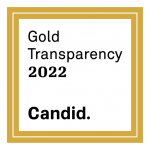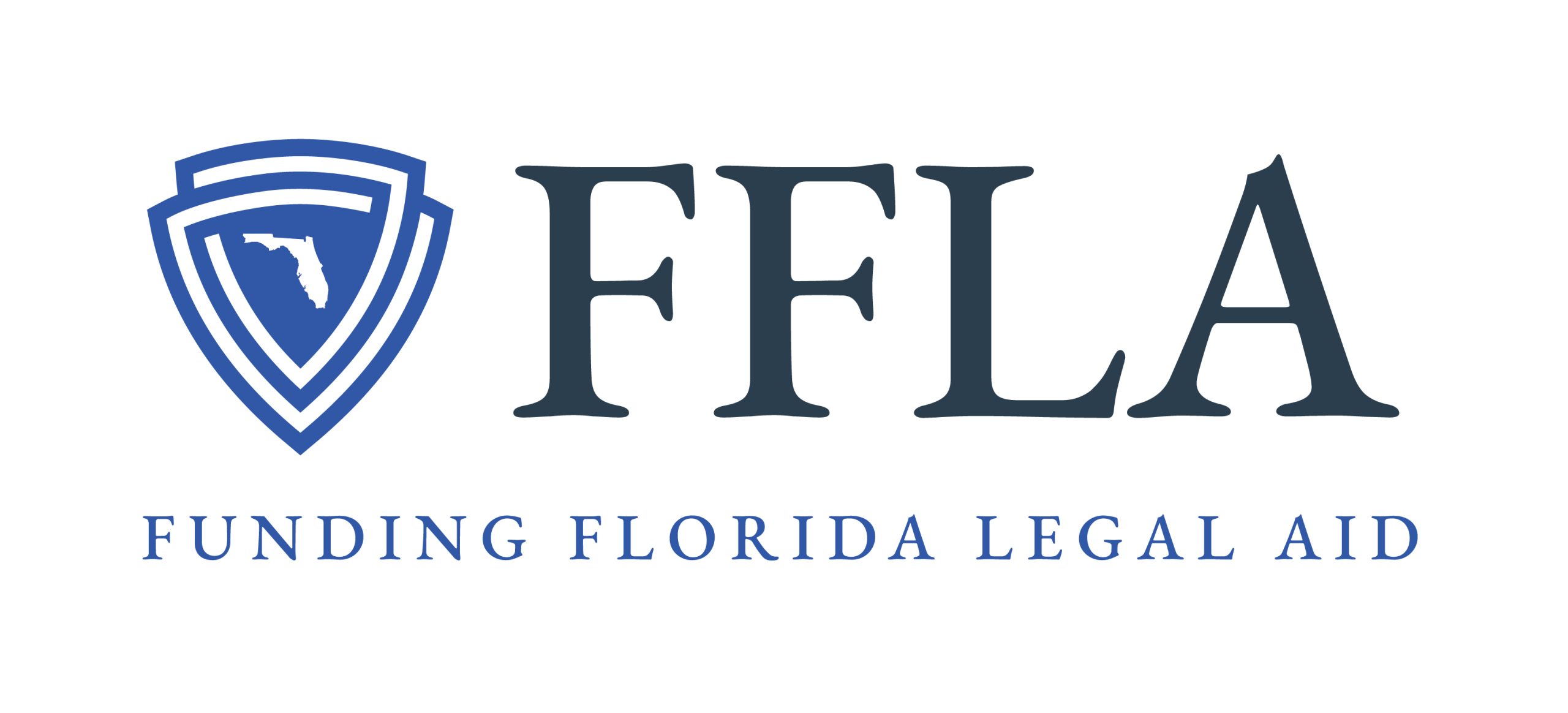Homeowners Insurance after Disaster
If your property was affected by a natural disaster and you had a home and/or flood insurance policy, you may file an insurance claim to determine whether you have coverage for your damages. Community Legal Services can help you file a claim and explain the insurance coverage options that are available to you to help you avoid costly mistakes and delays as you put your life back in order.
WHAT ARE YOUR RIGHTS?
You are entitled to benefit from the coverage detailed in your property insurance policy. Notify your insurance company that you need to file a claim. Ask how long it will take for an insurance adjuster to visit your home. The insurance adjuster is the person who will inspect the damage and help you arrive at a settlement amount.
It is likely that you will need to contact more than one insurer after a disaster. For instance, buildings or personal belongings damaged by flooding are covered only by flood insurance. Wind damage may be covered by your homeowner’s insurance or a separate windstorm policy. If your car was damaged, you’ll need to make a claim on your comprehensive auto coverage.
Review your insurance policy and become familiar with the coverage you had in place at the time of the disaster. Keep a copy of your policy in a safe place for your records.
You should never pay a hurricane deductible on your insurance policy more than once during a calendar year, even if you experience damage from multiple disasters within the same calendar year.
An AOB gives the third-party vendor, such as a contractor, who has authority to file a claim, make repair decisions, and collect insurance payments without the involvement of the homeowner. It also allows the third-party vendor to seek direct payment from your insurance company to pay for repairs that the third-party vendor has agreed to do.
Using an AOB contract may be helpful to you for different reasons. The claims process can be easier because the third-party vendor works with the insurance company directly to complete the claims process. Also, using an AOB contract allows your contractor to start the repair work without waiting for the insurance claims process to be finalized and before the insurance company pays out on your claim.
You do not have to agree to sign an AOB contract. Instead, you may contact your insurance company directly to file your claim. They will advise you of the next steps. If you are concerned with the language or terms of the contract, you should seek legal advice prior to signing an AOB contract.
In Florida, an AOB contract must include written terms describing the work that is to be done. The AOB contract must only relate to the work and services to protect, repair, restore, or replace a dwelling or structure, as well as any work that is required to stop any further damage to the property. The AOB contract must include an estimate of the repair costs and a notification advising you that, by signing the contract, you are giving up certain rights under your insurance policy, as well as your right to cancel the contract. The notification must be in 18-point, bold and uppercase print.
The AOB contract must contain wording that requires the third-party vendor (your contractor) to reimburse you if there is any loss, damage, or costs that may occur if your insurance policy prohibits the use of an AOB contract.
Under an AOB contract, a third-party vendor may not seek payment from you for any amount that exceeds your insurance policy deductible, unless you have agreed to have additional work performed at your own expense. The third-party vendor may not sue you, file a lien against your property, or report you to a credit reporting agency.
An AOB is a legal contract, and it must contain three specific cancellation provisions. First, the AOB contract must provide you with an option to cancel the contract within 14 days after signing by submitting written notice to the third-party. Second, the AOB must provide you with the option to cancel at least 30 days after signing if the AOB does not specify a start date and if the third-party has not begun substantial work on the property. Third, the AOB contract must provide you with the option to cancel if the third-party has not “substantially performed” at least 30 days after the scheduled start date.
If the vendor has not performed substantial work, then you may cancel for any reason. These reasons might be that you have simply changed your mind about using the chosen vendor, you found a better price or terms, or you choose different options for repair or replacement of your house. The option to cancel the contract must be done within the deadlines listed above.
WHAT DO YOU NEED TO DO?
Thoroughly review your insurance policy to be sure that you understand the policy, including your coverage, deductibles, and your responsibilities after the damage occurred. Contact your insurance company as soon as possible to file a claim for any property loss or damage suffered after a disaster.
If you need urgent repairs, such as removing flood water or fixing downed electrical wiring, tell your insurance company immediately. They may send a company to your property to take care of the emergency service. Save any receipts on expenses for repairs so that your insurer can reimburse you.
Make an inventory of any damaged items and gather all evidence to support your damage claim, such as pictures of the property damage, receipts for work done on your home, detailed contractor estimates, and an itemized list of personal property and costs. You can even take pictures of your receipts to prevent loss or damage as you track the progress of your claim.
Keep a record of your claim number for your reference.
Make only emergency or temporary repairs, such as placing a tarp on your roof to prevent further damage to your roof or the inside of your house. Keep all receipts for these temporary repairs.
Do not discard any damaged items without prior approval from the insurance company.
After you contact your insurance company to report the damage, an adjuster will be assigned to your claim. Set up a time for the adjuster to inspect the damages. Be at your property when the adjuster arrives.
Make a list of any questions you would like to ask the adjuster. Ask questions about the extent of damage seen by the adjuster or possibly even pointing out damage that may have been missed by the inspector.
Once the damage is assessed, the adjuster will send the report to the claim examiner. The claim examiner will contact you as the homeowner to discuss options and estimates for repairs.
As you wait, you might get unsolicited offers from contractors to repair your property damage or clear debris right away. These may be unlicensed contractors or wrongdoers looking to take a quick payment and never return. To be safe, refuse any contracting work that you don’t request.
Check out our additional information about how to deal with contractors.
Your insurance company will notify you once your claim has been processed and your settlement offer is ready. If you’re satisfied, your insurance company will issue you a check. In some cases, construction companies arrange for the insurance company to pay them directly. Make sure you’re happy with any work that’s been done before you authorize payment.
If you notice any new hurricane-related damage, don’t hesitate to reopen a claim. Typically, people have up to a year after the original damage occurs to file additional claims.
WHAT TO CONSIDER BEFORE TAKING ACTION.
Immediately following a loss, you are required under your insurance policy to make any temporary repairs to prevent further damage from occurring.
But do not make any permanent repairs yourself.
Do not make permanent repairs before an inspection by the insurance company adjuster. The insurance company has a right to inspect your damage prior to permanent repairs.
When multiple payouts are received for the same damage that was claimed to FEMA and your insurance company, a “duplication of benefits” has occurred. If you receive money from FEMA before receiving a decision on your insurance claim or before receiving a payout from your insurance company, then you must pay back the money you received from FEMA after receiving money from your insurance claim. For example, if FEMA provided you money to repair damages to your roof and your insurance company later approves your claim and provides you money for the same roof damage, then a duplication of benefits has occurred. You will need to pay back the money that you received from FEMA.
For claims that do not involve flood damage, the insurance company usually pays for a claim only after investigating the damage and approving the claim. But with flood insurance, your insurance company may choose to pay you in advance – before an adjuster visit or additional documentation. These amounts may range from up to $5,000 when there is no documentation of the damage and up to $20,000 when photos, videos, receipts, or estimates are available for the damage.
You must pay your deductible before you receive a payout from your insurance claim. The insurance policy deductible is your share of the total cost of the damage. The cost of the repairs will be applied to your deductible. After you pay your deductible, you will receive money from the payout of the claim. Hurricane deductibles can range from 2% to 10% of the home’s coverage amount. For example, if your home is insured for $100,000 and you have a 2% deductible, then the annual deductible is $2,000. This is the amount you would be expected to contribute toward the value of your damage claim per calendar year.
Don’t wait until the last minute to cover or change your policy. Beware, once a hurricane has already been declared as a watch/warning, your deductible applies, coverage is locked, and new policies are not usually issued. This period usually ends 72 hours after the storm warning is lifted.
If you do not agree with the terms of an AOB contract, you may be able to negotiate different terms with your vendor/contractor. However, you do not need to sign an AOB contract to get your insurance claim processed or your residence repaired. If you are asked to sign an AOB contract, make sure you read it carefully and clearly understand what rights and benefits you may be signing away. Get a review from a lawyer or ask your insurance company for assistance if you do not understand an Assignments of Benefits contract that a contractor is asking you to sign.
Once an AOB contract is signed, you have the right to cancel for the three reasons discussed above. If the third-party vendor will not agree to release you from the contract, your next option is to file a lawsuit against them.

 Home
Home








